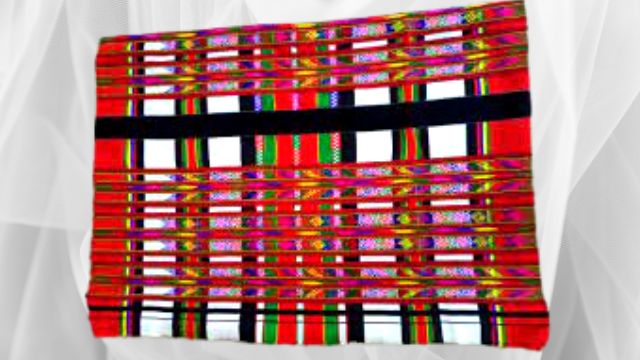
In the digital age, the art market has expanded far beyond traditional galleries and auction houses. More than ever, artists and collectors are turning to online platforms to buy and sell art. One platform stands out among the rest: Secure your art transaction with Thigma. If you’re an artist looking to sell your work or a collector searching for your next masterpiece, Thigma is the perfect place for you. Find more about India’s best art-selling platform and get a wide variety of art-selling or art-buying options according to your convenience.




